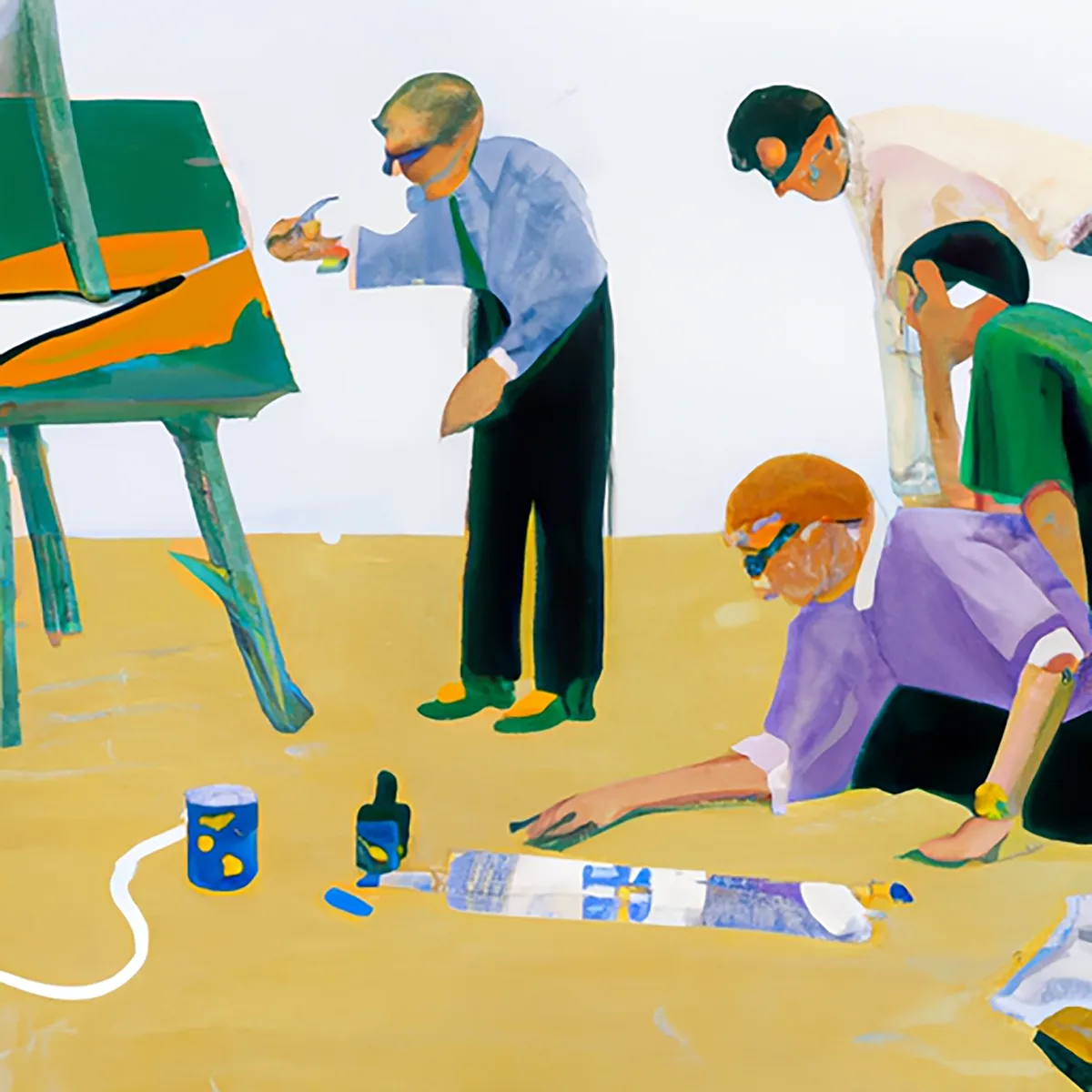Collaboration
Build & Run Prototypes
After identifying what you need to learn about your concepts, it's time to start testing your prototypes. Use the questions you identified during this activity as your starting point. Keep in mind that prototypes are not meant to be perfect, but rather to convey an idea. Keep it small, scrappy, and inexpensive. The goal is to quickly gather feedback from the people you're designing for, iterate quickly, and build on what you learn.

Workshop steps
Construct a Prototype Report Card worksheet for every prototype you have. The report card consists of two parts. The upper part assists you and your team in determining your learning objectives and testing methods (this might require some initial time investment but ensures success). The lower part is reserved for recording your findings later on.
To prototype ideas, engage in various activities like creating Storyboards, performing Role Plays, building models, or designing mock-ups. Aim to produce a tangible representation that effectively conveys your concept.
Proceed to test your prototype with end users. Allow them to handle it, watch their interaction, and inquire about their thoughts. Remember to obtain feedback.
After each testing round, discuss with your team the successes, challenges, and potential improvements. Refer to the Integrate Feedback and Iterate activity for guidance. Don't forget to document your findings in your Prototype Report Card for future reference.
After swiftly constructing a new prototype, repeat the process. Once you believe you have a solid grasp of what's desirable, feasible, and viable, proceed to the Theory of Change activity to refine your impact model.
Need help with this workshop?

